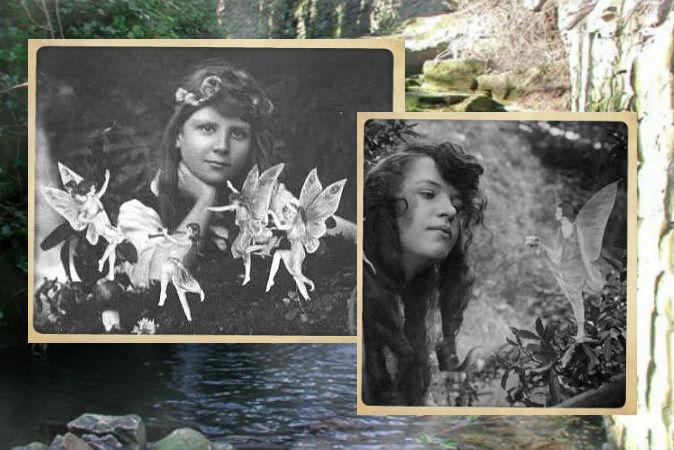In 1917, two little girls took photos of themselves surrounded by what looked like fairies. For the next 70 years, they faced the scrutiny of critics, accusations of perpetrating a hoax. For decades, they maintained that the fairy photos were genuine. After plenty of badgering the story changed slightly, but with nonetheless intriguing implications. One of them, Elsie Wright (1901-88), told the BBC in 1977: “They’re photographs of figments of our imagination.”
Some took this as an answer to brush off the media, some took it as an admittance of fraud, others took this to mean the photos were taken psychically. Toshio Akai, a humanities and sciences faculty member at Kobe Gakuin University in Japan, explained what it means to take photos “psychically,” in his paper “The Cottingley Fairies Photographs and Spirit Photography.” At the time, Akai said, photographic expert Fred Barlow was convinced the photos “were taken ‘psychically,’ that means, the mediumship of the two girls, being enhanced with each other, enabled them to capture spiritual entities into pictures.”





